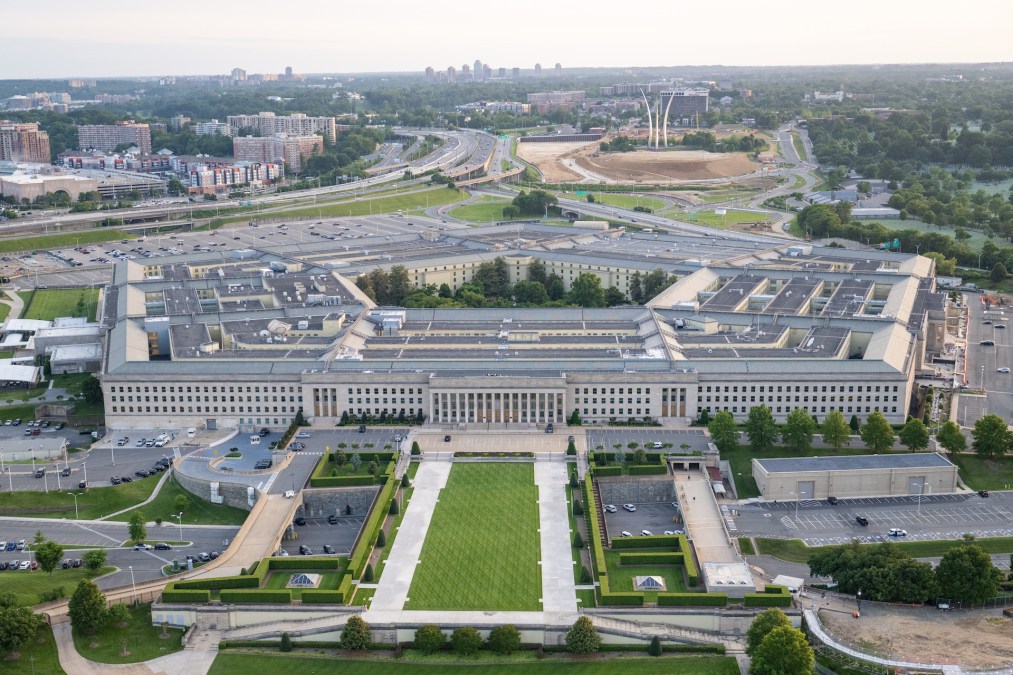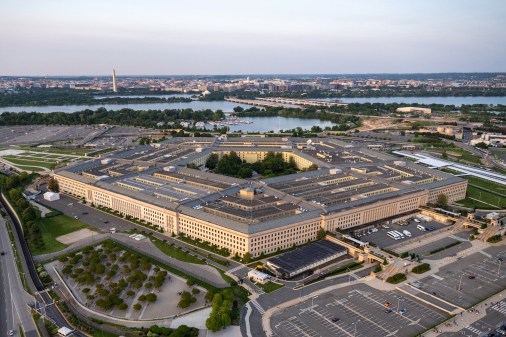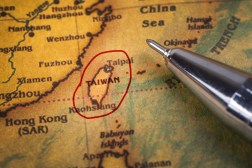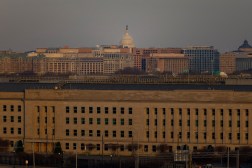Trump taps former AWS exec for senior role in Pentagon’s research and engineering directorate

President Donald Trump has nominated James Caggy to be assistant secretary of defense for mission capabilities, as the administration moves to fill key roles in the Pentagon’s research and engineering directorate.
The nomination was submitted to the Senate last week and has been referred to the Armed Services Committee for consideration, according to a notice posted on Congress.gov.
A White House announcement and the congressional notice said Caggy was tapped for a “new” ASD position, without providing additional information. A senior congressional official on Tuesday confirmed that Caggy has been nominated to be ASD for mission capabilities. Although the role was created during the Biden administration, it’s still considered “new” in bureaucratic parlance because it’s never been filled by a Senate-confirmed official.
Marcia Holmes was recently performing the duties of ASD for mission capabilities, according to a Defense Department org chart.
If confirmed, Caggy would oversee efforts to develop and support future warfighting concepts and “integrated architectures,” close capability gaps in support of defense modernization, and regularly engage with the joint force and combatant commanders, among other duties, according to a DOD description of the mission capabilities portfolio. The office is tasked with helping execute joint and interagency prototyping and experiments; identifying, developing and demonstrating “multi-domain” concepts and technology; and leveraging multiple prototyping pathways to address “operational gaps” and accelerate capabilities to warfighters.
According to DOD, a key goal for the ASD position is to help get capabilities across the so-called “Valley of Death,” a term used by members of the Pentagon’s acquisition community that refers to challenges in transitioning promising technologies from research and development into production and fielding.
“ASD(MC) serves as a transition partner through innovative and efficient experimentation strategies with the end goal of not just prototyping and fielding, but operational sustainment via scalability, producibility, and training,” according to the Defense Department.
Caggy highlighted his nomination in a LinkedIn post over the holiday weekend.
“If confirmed, I’ll bring the same mission first, bureaucracy last mindset that’s driven me my entire career. Collaborating with all to deliver the best American capabilities for the Joint Force. Working with a team of Doers grounded in humility, egos set aside in favor of doing what’s right for Warfighters and, ultimately, the country,” he wrote.
Caggy recently served as an advisor to the Strategic Capabilities Office in the Office of the Secretary of Defense. From 2013 to 2023, he held executive roles at Amazon Web Services (AWS), including general manager and director (L8) for secure connection services, and senior manager for DOD solutions. He also has military experience, having previously served as an Army infantry officer in the active duty and Reserve components for about 20 years, according to his LinkedIn profile.
The Defense Department’s research and engineering directorate is led by former Uber executive Emil Michael, who took the helm as undersecretary for R&E and chief technology officer in May.
Other Trump nominees for senior positions in the directorate are still going through the Senate confirmation process.
Last month, the Senate Armed Services Committee held a confirmation hearing for Michael Dodd, also known as “The DoddFather,” who was tapped to be assistant secretary of defense for critical technologies. The Senate has yet to vote on his confirmation.
In late March, Trump nominated Joseph Jewell, a hypersonics expert, to serve as assistant secretary of defense for science and technology. His confirmation hearing hasn’t been scheduled.
Last week, the president also nominated James Mazol to be deputy undersecretary of defense for R&E. Mazol had been performing the duties of that position in the months leading up to his nomination. Prior to joining the Trump administration, he was Republican policy director for the Senate Armed Services Committee and had responsibility for science and technology policy and programs, according to his DOD bio.






